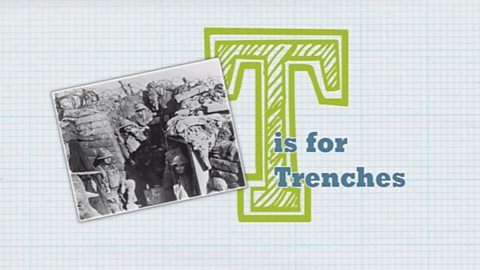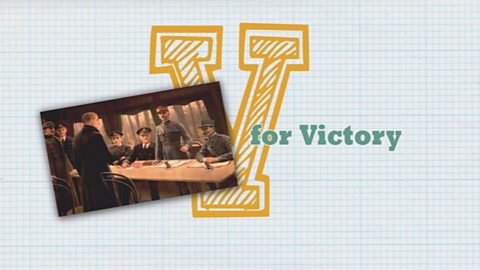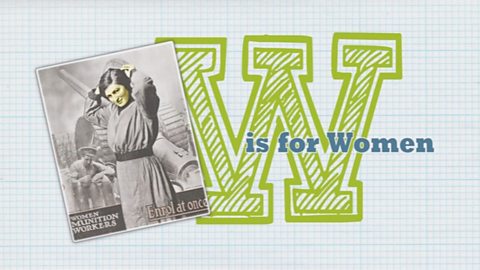Video summary
Newsreel and schoolchildrenÔÇÖs commentary illustrate and describe the role animals played in the trench warfare of World War One.
Horses were used for transport and to draw heavy guns.
Over eight million horses died during the war.
Homing pigeons were used to send messages.
Dogs pulled machinery and were used to sniff out gas attacks and search for wounded soldiers.
A dramatic monologue, accompanied by animated photos and graphics, tells the story of a dog called Sergeant Stubby.
Stubby was a stray, smuggled to the front by US Corporal Robert Conroy.
StubbyÔÇÖs exploits in 17 battles made him famous.
The US Army promoted him to the rank of Sergeant and awarded him medals for his bravery under fire.
Teacher Notes
Pupils could discover more about the role of animals in warfare from books and websites.
Do the children think the armies of World War One were right to use animals in their battles?
Children could design their own monuments to animals used in war and make scale models of their ideas.
They could compare their designs with images of The Animals in War Memorial which stands in Park Lane, London.
This short film is suitable for teaching history at Key Stage 2 / Second Level or above.
T is for Trenches. video
Newsreel, schoolchildrenÔÇÖs commentary and dramatic monologue describe the conditions of British trenches on WW1's Western Front.

V is for Victory. video
Newsreel, schoolchildren and dramatic monologue show the victory celebrations in 1918 at the end of WW1.

W is for Women. video
Newsreel and dramatic monologue honour the role of British women during WW1, particularly those who worked in munitions factories.
